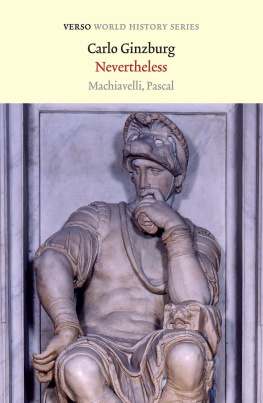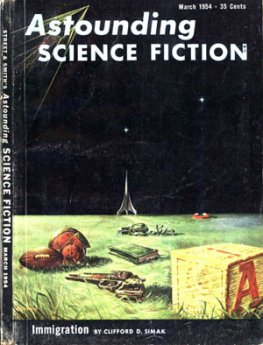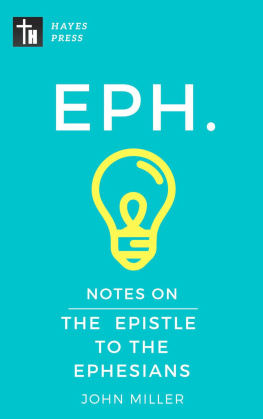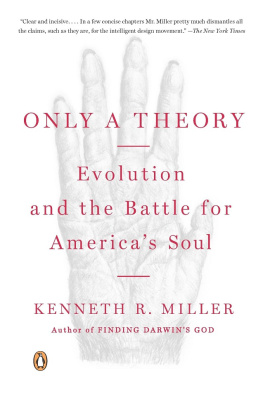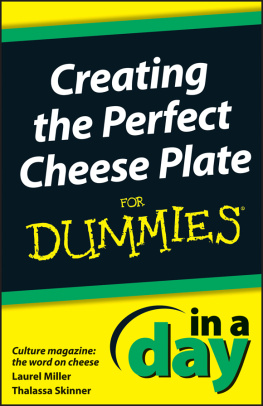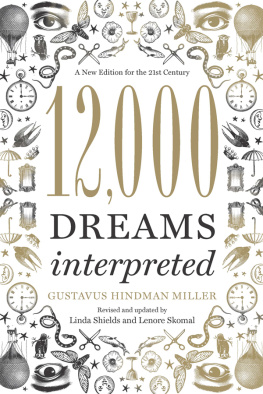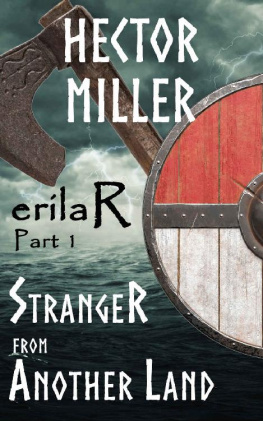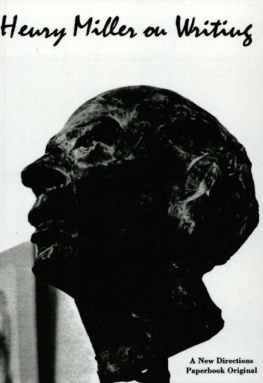The Cheese and the Worms
The Cheese and the Worms
The Cosmos of a Sixteenth-Century Miller

CARLO GINZBURG
With a New Preface
Translated by John and Anne C. Tedeschi

Originally published in Italy as Il formaggio e i vermi: Il cosmo di un mugnaio del500,
copyright 1976 by Giulio Einaudi editore.
English translation copyright 1980 The Johns Hopkins University Press and
Routledge & Kegan Paul Ltd
Johns Hopkins Paperback edition published in the United States in 1992
Edition with new preface 2013 The Johns Hopkins University Press
All rights reserved. Published 2013
Printed in the United States of America on acid-free paper
2 4 6 8 9 7 5 3 1
The Johns Hopkins University Press
2715 North Charles Street
Baltimore, Maryland 21218-4363
www.press.jhu.edu
Library of Congress Control Number: 2012953215
A catalog record for this book is available from the British library.
ISBN-13: 978-1-4214-0988-7 (pbk. : alk. paper)
ISBN-10: 1-4214-0988-7 (pbk. : alk. paper)
ISBN-13: 978-1-4214-0989-4 (electronic)
ISBN-10: 1-4214-0989-5 (electronic)
A catalog record for this book is available from the British Library.
Illustrations on pp. iii, xv, xix, xxi, xxxv, and 1 are from the emblem book collection of
the Newberry Library.
Illustrations on p. xxxii are from Il sogno dil Caravia.
Special discounts are available for bulk purchases of this book. For more information,
please contact Special Sales at 410-516-6936 or specialsales@press.jhu.edu.
The Johns Hopkins University Press uses environmentally friendly book materials,
including recycled text paper that is composed of at least 30 percent post-consumer
waste, whenever possible.
Tout ce qui est intressant se passe dans lombre
On ne sait rien de la vritable histoire des hommes.
Cline
CONTENTS
PREFACE TO THE 2013 EDITION

This book was first published in 1976 in Italian. I had come across the name of Domenico Scandella in the early 1960s, by mere chanceor nearly so. At the time I was interested in trials against witches and benandanti, persons who fought in spirit against witches, in the northeastern corner of Italy, the Friuli, in the sixteenth and seventeenth centuries; they would become the subject of my first book. While leafing through a manuscript index, compiled by an eighteenth-century inquisitor, of the first thousand trials held by the Holy Office of Aquileia and Concordia, I ran into a brief rsum (no more than a few lines) of a trial against a peasant accused of saying that the world had been created from putrefaction. I copied the call numbers of the two trials against him on a scrap of paper and promised myself that one day I would return to Udine to look them up. Now and then I would recall that notation. Seven years passed. In 1970 I decided to order a microfilm of the two trials; I began reading, and was instantly struck by them. I transcribed the texts and commenced studying them. Almost seven years later I published Il formaggio e i vermi, The Cheese and the Worms.
People who have read the work in one of the many languages into which it has been translated over the years quite properly did not concern themselves overly much about its author. More engrossing was the story that it told and the miller who was its protagonist. I too, today, could limit myself to citing the studies that over the years have added to and corrected what we know about Menocchio. I shall mention some of these later on but without any pretense to completeness. I have no intention of recapitulating the history of the reception of my book, a matter with which I am not really familiar. I would rather say something about the context from which the book emerged. For many years I have been reflecting on the discrepancy between the intentions of the writer (or the agent) and the results of what gets written (or produced). I shall start from the relationship between contiguity and distance, between the person I am today and the person I was then.
I began to learn how to be a historian toward the end of the 1950s by trying to salvage from inquisitorial trials the fragments of a persecuted, obliterated, forgotten peasant culture. This choice, influenced by Antonio Gramscis prison reflections on the culture of the subaltern classes, preceded my casual and indirect contact with Menocchios trials; yet it does not explain my decision to occupy myself with them, which I undertook many years later. In the attention I gave to the echo of Menocchios words (the words which would provide the book with its title), though they were rendered banal by the inquisitors, I recognize in hindsight the same impulse that had led me, in my first book, to study the Friulian benandanti: Menocchios testimony represented an intriguing aberration in respect to a theme, witchcraft, which was itself quite exceptional in respect to mainstream historiography. The present book also was born out of passion for the anomalous, and from meditating on the connection between anomaly and the norm.
In the early 1970s, Franois Furet (I mention him in the preface to the Italian edition of The Cheese and the Worms) wrote that what we know about the non-privileged classes is necessarily statistical, a statement which, ipso facto, disqualified as irrelevant research such as mine. I, instead of doing research on the privileged classes, had embarked on the study of a miller who had a name, who had strange ideas, and who had read a number of books. The substance of a possible footnote had become the subject of a book. The persecuted and the vanquished, whom many historians dismissed as marginal and usually altogether ignored, were here the focus of the research. It was a choice I had made much earlier, but which drew new energy and justification from the radical political climate of the 1970s.
And yet this decision ran up against a major obstacle. The voices of the persecuted reach us (when they do) through the filters of their persecutors questions and as copied down by third parties, the notaries. This was the case even with Menocchio, with the exception of the letter to his son. What value can be attributed to documents, such as the transcripts of inquisitorial trials, that are the product of pressurepsychological, cultural, and physical?
I had run into this difficulty even with my first book, I benandanti. It was documents (the trial documents) which compelled me to a reflection on the historians role, a concern I have carried on in various guises to this day. In the case of the benandanti, I thought I could get around the obstacle thanks to the discrepancy between the questions of the inquisitors and the responses of the defendants. For the former, the tales of the benandanti about their nocturnal battles, fought in spirit against witches and warlocks, were a mass of absurdities. Menocchios judges greeted his explanations about the origin of the world with the same disbelief. In both cases, the gap separating the interrogations by the judges from the responses of the defendants excluded the possibility that the first could have influenced the second. But another element emerged from the examination of Menocchios trials: the disparity between how Menocchio remembered the books he had read and the actual books themselves. A deep stratum of oral culture emerged from that very discrepancy: the filter unconsciously employed by Menocchio when he approached the printed page. What is most profound in history may also be the most certain, wrote Marc Bloch. I had always thought that this statement presupposed Freud. But today I would be tempted to interpret it through another analogy. The relative inability of the actorsinquisitors, Menocchioto process our queries summons up a situation comparable to so-called double-blind experiments, the purposes of which are not known either to the experimenter or the subjects of the experiment.
Next page


